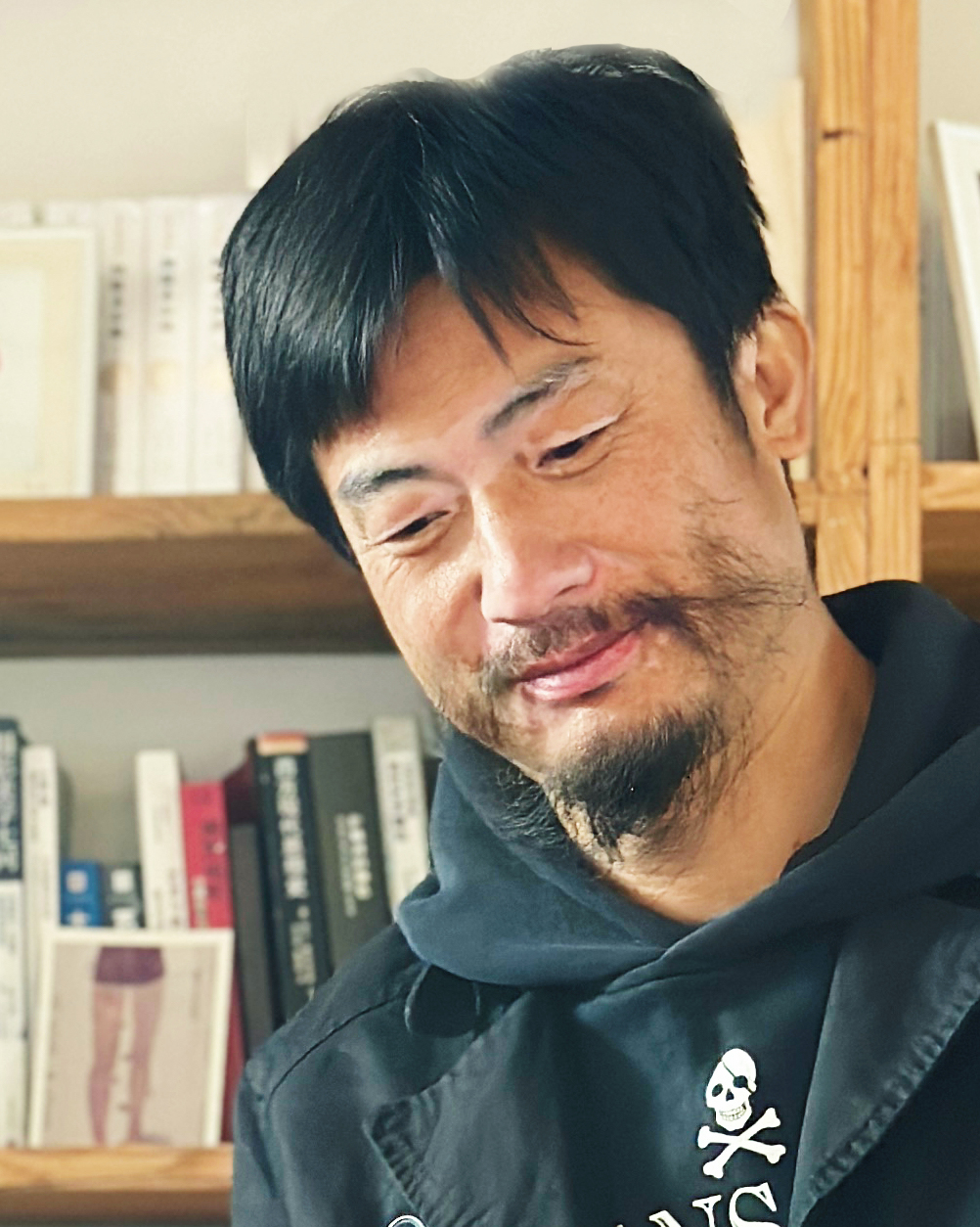昆明东边有金马山,这座山因形状酷似神驹奔腾而得名,在古代是扼守昆明东大门的要塞。古代云南,马作为一种重要的畜力,除在小范围内作为人们的坐骑、架车外,马帮成为驮运货物最重要的交通工具。东晋常璩的《华阳国志·南中志》记载:“滇池有神马,或交焉,即生骏驹,俗称之曰‘滇池驹’,日行五百里。”唐宋时期,《蛮书》云:“马出越赕山东面一带……尾高,尤善驰骤,日行数百里……腾冲及申赕亦出马,次赕,滇池尤佳。”云南地区历来有蓄养马匹的历史,流传着许多关于马的神话,这些神话代代相传,形成了今天“金马”的形象。现在位于昆明市中心金碧路的地标“金马坊”,就是昆明“金马”文化的代表,同时也是昆明城市的象征。天下第一长联孙髯翁的《大观楼长联》中“东骧神骏”的典故也出自于此。捞渔河地处滇池东岸,作品《神马》的创作思路即结合“东镶神骏”、“滇池驹”的故事,用线条突出骨骼构架来塑造一匹神马。线条呈现的骨架既象征孙髯翁、杨升庵等在滇文人的风骨,同时线条也代表云南民间文化的线索得以传承和延续。
To the east of Kunming is a mountain named “Golden Horse Mountain,” so named because its shape resembles a divine galloping horse. It was a key defensive position for the city in ancient times. Horses were important livestock in ancient Yunnan. Aside from carrying riders and pulling carts, horses were important tools for cargo transport along the ancient Tea and Horse Caravan Route. In the 4th century Chronicles of Huayang, author Chang Qu describes a “magical horse” known as the “Lake Dian horse” that is able to travel 500 li in a day. The 9th century Book of the Man Peoples describes the horses of the region as having remarkable stamina, particularly the horses around Lake Dian. Yunnan has a long history of horse husbandry, and a rich mythology surrounding horses, stories that have been passed down through the generations to form the image of the “golden horse.” The “Golden Horse Arch” that stands today in downtown Kunming is an embodiment of this。 culture surrounding the golden horse, and a symbol of the city. This is also the source of the “golden steed galloping to the east” in Sun Ranweng’s “Grand View Pavilion Couplet,” famed as the longest couplet poem in China. The Laoyu River Wetland is located on the eastern shore of Lake Dian. The artwork Divine Horse draws inspiration from the “golden steed galloping to the east” and stories of the legendary “Lake Dian horse,” with lines highlighting the bone structure of a divine horse. This bone structure evokes the “bones” of cultural character laid down in the region by such cultural figures as Sun Ranweng and Yang Sheng’an, as well as the threads of folk customs and traditions passed down by the people of Yunnan.

1975年出生于大理。艺术家、策展人。薛滔的艺术实践强调身体能量在朴素材料中的累积与显现,强调材料的实验性以及针对现实生存的批判性。他曾在英国、法国、意大利、卢森堡、挪威、瑞典、波兰等国展出。其作品被挪威Astrup Fearnley现代美术馆、德国Vitra博物馆、瑞典Vetlanda博物馆、上海多伦现代美术馆、北京宋庄美术馆、湖北美术馆等国内外多家机构收藏。
Born in 1975 in Dali, Yunnan Province. Artist and Curator. Xue Tao's practice emphasizes the accumulation and revelation of the body's energy in simple materials, on the experimental nature of materials, and on a critical approach to existence. His works have been exhibited in the United Kingdom, France, Italy, Luxembourg, Norway, Sweden, and Poland. His works have been collected by such institutions as the Astrup Fearnley Museum of Modern Art in Norway, the Vitra Design Museum in Germany, the Vetlanda Museum in Sweden, the Shanghai Duolun Museum of Modern Art, the Songzhuang Museum in Beijing, and the Hubei Museum of Art.